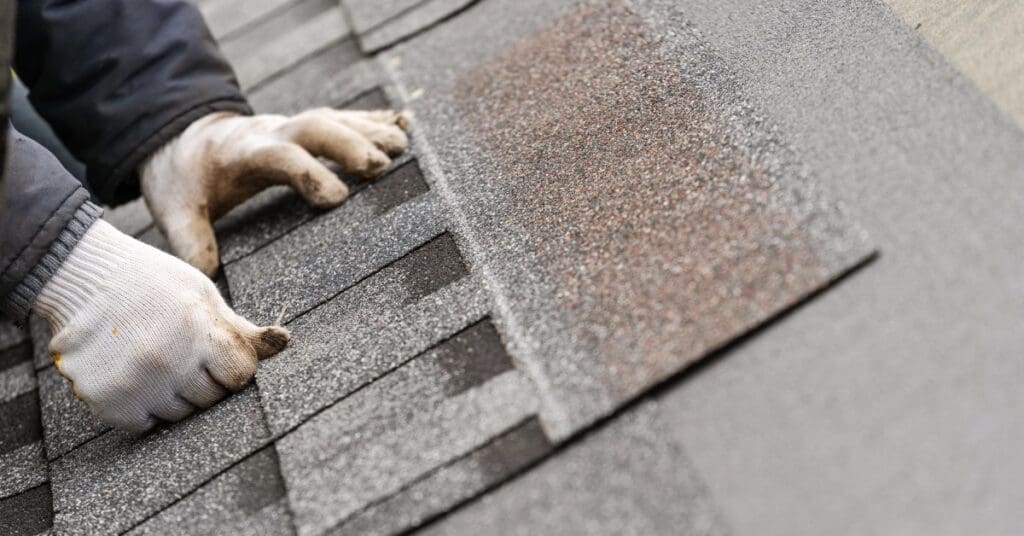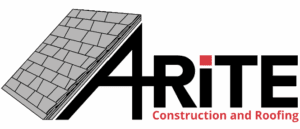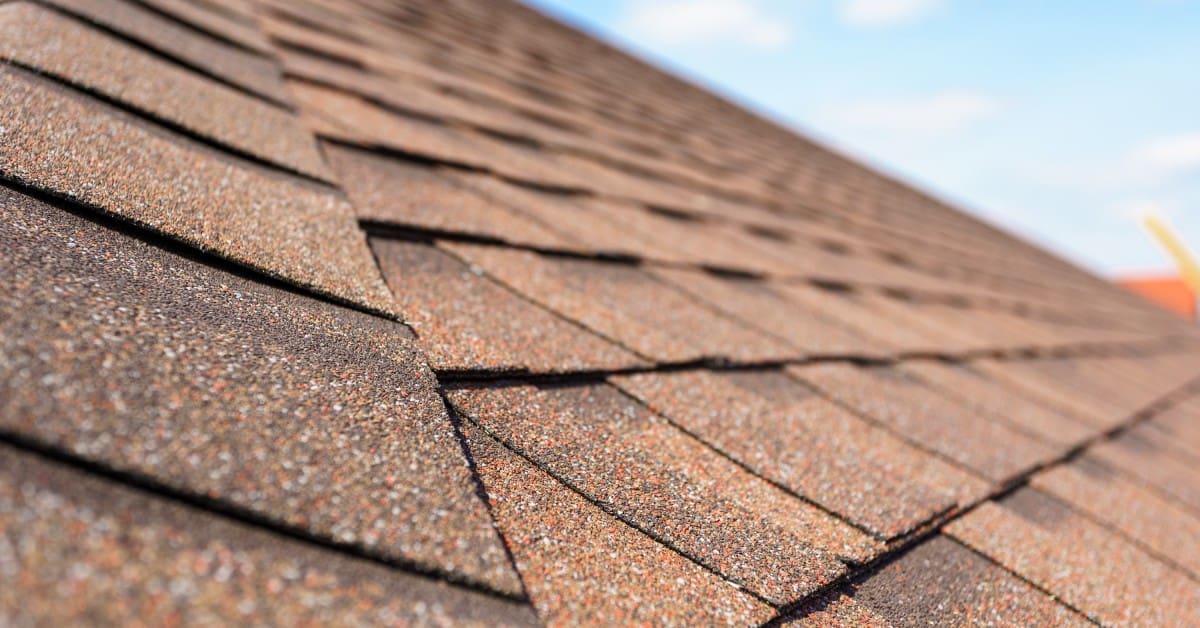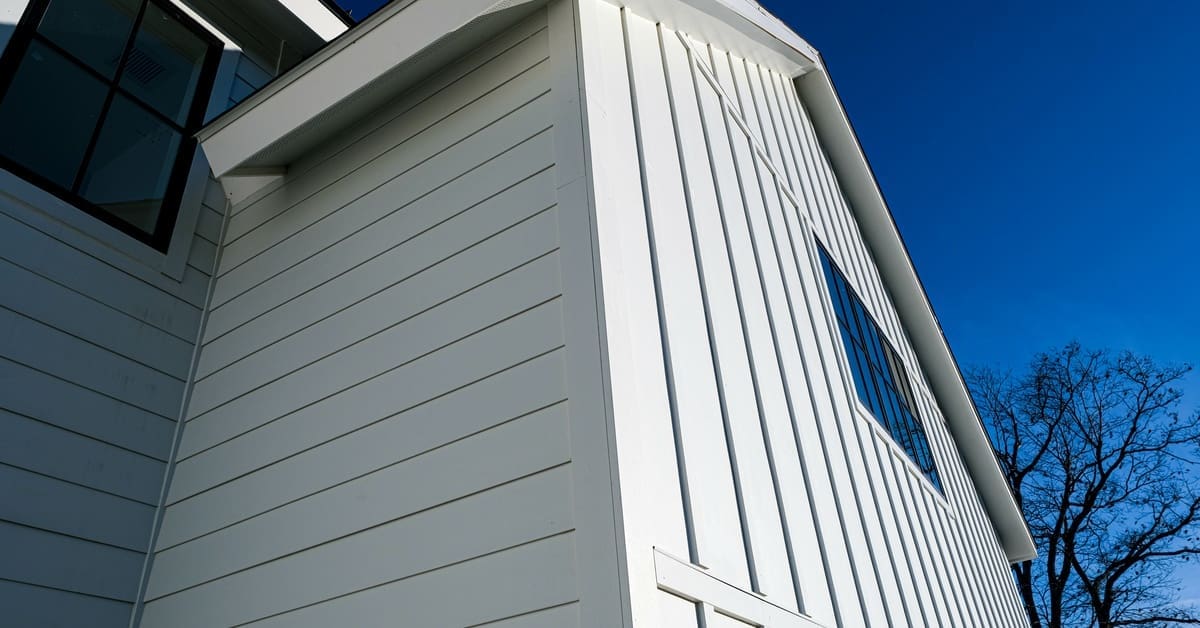You’ve started to notice curling shingles or a few too many leaks after storms. The idea of investing in a new roof is no longer hypothetical; it’s necessary. But before you choose materials or call a contractor, there’s a question you must answer: “What kind of return can I expect from this upgrade?”
Return on investment (ROI) typically refers to the percentage of an initial expense that gets recouped, either through energy savings, improved resale value, or both. But roofing ROI isn’t a fixed number. It varies based on multiple factors.
Some of those variables are within your control; others aren’t. Still, understanding how these pieces fit together can help you make informed choices, whether you plan to sell in five years or stay for the long haul. Below are the key factors to consider when discussing the ROI of a new roof.
Material Type and Quality
Asphalt shingles dominate the market for good reason: they’re cost-effective, available in a range of styles, and offer proven performance. However, within that category, quality varies. Standard three-tab shingles normally last 15 to 20 years. Meanwhile, architectural shingles, sometimes referred to as dimensional or laminated shingles, can hold up for 25 to 30 years with stronger wind resistance and a more textured appearance.
Those differences matter when it comes to ROI. According to Zonda’s 2024 Cost vs. Value Report, the national average resale value for an asphalt shingle replacement was $17,461, with homeowners recouping 56.9 percent of the cost. In the East North Central region, which includes Wisconsin, the average resale value was lower: $14,415, with a cost recovery of just 51 percent.
For homeowners in Wausau and surrounding communities, that 5.9-point gap illustrates how ROI isn’t solely about the material but also about where and how it’s used. A high-quality shingle might add little value in one region but perform exceptionally well in another, especially if it aligns with buyer expectations and withstands regional climate stressors.
Installation and Workmanship
Even the best materials can fail early if improperly installed. Shingles that are under-nailed, flashing that’s poorly sealed, or ventilation that’s ignored during installation can all shorten a roof’s life span and compromise your return on investment.
Certified labor matters more than many homeowners realize. Poor installation can result in costly repairs within the first five years, eroding a homeowner’s equity and peace of mind. Water infiltration is one of the most common issues, often caused by improper shingle alignment or gaps in underlayment and flashing around chimneys and vents.
That’s why many homeowners turn to GAF roofing contractors in Wausau, WI. These professionals are trained to install systems that meet or exceed manufacturer requirements and are often eligible to offer enhanced warranties that protect against product failure and labor defects.
High-quality labor also signals to future buyers that the roof was installed to last. And in markets where resale timing matters, that can be the deciding factor between a stalled offer and a competitive bid.

Climate and Roof Performance
Roofing systems aren’t just rated for durability; they’re rated for environmental conditions. In the Midwest, winters bring prolonged freeze–thaw cycles, heavy snow accumulation, and ice damming risks. Spring and summer, on the other hand, introduce moisture-heavy storms, hail, and prolonged sun exposure.
Each of these forces can affect roofing differently. Cold weather can cause asphalt to become brittle and crack, typically at the end of its life cycle. Meanwhile, UV rays gradually weaken the bond between shingles, lifting edges and fading granules over time. If attic ventilation is lacking, moisture can build up beneath the roof deck, leading to rot, mold, and premature failure.
Material choice plays a role here, but so does design. Roofs need optimized airflow to regulate attic temperatures and prevent ice damming. They also must be anchored and sealed with components intended for four-season resilience.
Ignoring these regional realities during the planning stage can lead to expensive consequences later. Returns start with a roof that’s matched to the climate it’s expected to endure, year after year.
Energy Efficiency and Ventilation
ROI isn’t just about resale. It’s also about what you save while you own the home. A properly installed roof with the right insulation and ventilation can significantly lower energy costs over time, especially in regions with wide seasonal swings.
Hot air trapped in the attic during summer can cause HVAC systems to work overtime, while poor ventilation in winter contributes to uneven snowmelt and ice dams. A well-ventilated roof balances interior temperatures, prevents moisture buildup, and reduces the strain on heating and cooling equipment. The payoff is fewer long-term repairs and lower monthly utility bills, an underappreciated but measurable component of return on investment.

Buyer Expectations and Local Trends
Homebuyers look at the age of a roof, its appearance, and how well it matches the neighborhood. If a home is in an area where architectural shingles are standard, installing basic three-tab shingles may lower buyer perception, even if the materials are new.
In some cases, visual upgrades, such as dimensional shingles or contrasting ridge caps, can add value by creating a high-end appearance. And because roofing is one of the first elements people notice from the curb, it contributes heavily to a home’s first impression.
Local trends also matter. A region where snow load is a concern may place greater value on roofing systems with reinforced underlayment or impact-resistant shingles. Buyers are often familiar with climate-related wear and tear and may look for materials and designs that signal long-term durability.
Roofing choices that align with local expectations tend to hold their value longer and appeal more strongly to buyers down the road.
Warranty Coverage and Transferability
Warranties differ. Some only cover manufacturer defects, while others include labor, installation, and disposal costs. When calculating ROI, it’s important to understand what protection is built into a roofing system and what can be passed on if you sell.
A transferable warranty can be a key differentiator. A warranty that moves with the home adds confidence for buyers and can elevate resale value. For example, a 50-year limited lifetime warranty with transferability in the first 10 years may be more persuasive than a standard 25-year shingle with no transfer option at all.
Documentation plays a role, too. Having clear records of warranty terms, contractor certifications, and any system upgrades can be a strong selling point in competitive markets.
Choose Craftsmanship That Lasts
When discussing the ROI of a new roof, material is just one piece of the puzzle to consider. Local climate, installation quality, warranty terms, and long-term energy efficiency all influence the value of a new roof. And behind each of those elements is one crucial decision: who you hire to do the work.
At A-Rite Construction, we’ve spent years helping homeowners throughout Wausau, WI, make smart, lasting improvements to their properties. As a GAF Master Elite roofing contractor, we’re certified to install top-tier roofing systems that balance durability with cost-efficiency.
If you’re replacing your roof to boost resale value, lower utility costs, or simply protect your home for the next few decades, make sure the team behind it is just as strong as the shingles on top.




